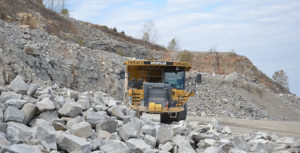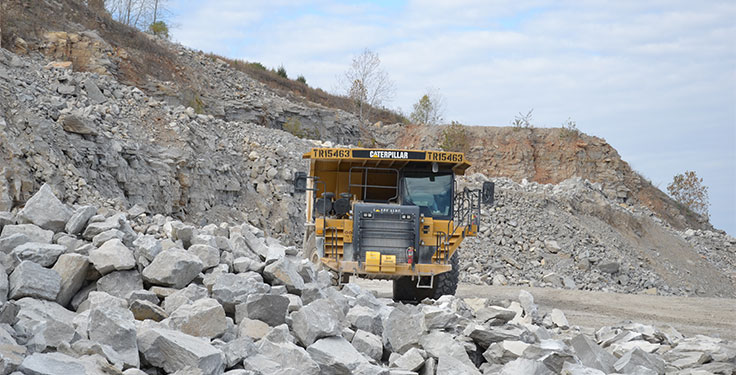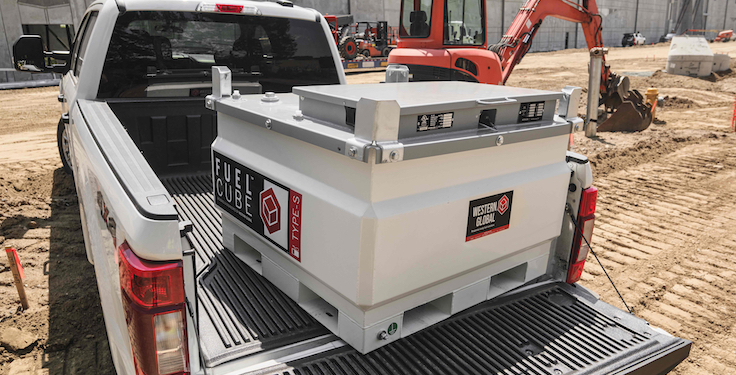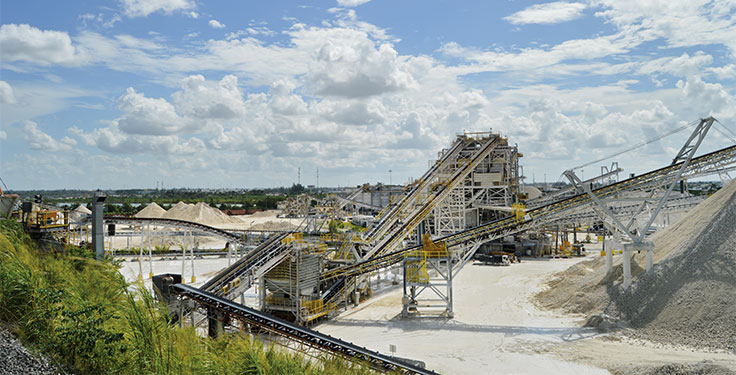

In our monthly discussions in this space, we focus heavily on developments in the law, case decisions and Mine Safety & Health Administration (MSHA) enforcement trends. Those are the subject areas that tend to have the biggest impact on the compliance activities of mine operators and on the work of our mine safety legal practice.
While there are a variety of such topics available for the present discussion, it’s hard to avoid talking about the one thing that currently has everyone’s attention. It’s the elephant in the room that no one can ignore. Specifically, the spike of fatal accidents occurring across the mining industry.
At press time (June 13), there have been 22 accidents this year accounting for the deaths of 23 miners. At this same time in 2022, there had been 12 fatalities.
A lot of very smart people throughout the industry have been trying to figure out what’s happening, looking for trends or trying to identify gaps in the safety coverage. With the final investigation reports for these incidents still in development, it is difficult for those on the outside to glean a fundamental set of factors.
There is a tendency by some to point to the increase of activity coming out of the pandemic and a younger, less experienced workforce. While the manpower shortage and the drain of experienced personnel in the industry has certainly raised challenges for training, the numbers really do not bear this out as a major cause.
In the 20 accidents for which age and experience data is currently available, the average age was 46 years old and the average level of experience was roughly 13.5 years. With that said, it does bear pointing out that, within those statistics, there were three miners under the age of 25 whose average level of experience was 32 weeks.
Related: A look at the latest mining fatality statistics
Steps toward safety

MSHA has classified 13 of the 23 fatalities as related to machinery or powered haulage. In reviewing the bare bones best practices suggested by the agency in the safety alerts for those events, we see several recommendations repeated.
For machinery accidents (generally involving repairs and maintenance or equipment), the agency emphasizes the necessity of blocking machinery against motion, the safe positioning of personnel, examining work areas and equipment for unsafe conditions and task training miners in safe work procedures.
With respect to powered haulage accidents, MSHA stresses the more effective identification of hazards in pre-op inspections, enhanced task training related to equipment operation hazards, safe positioning of personnel around mobile equipment and the functional testing of brakes and other safety devices.
Experience tells us that every accident has a myriad of different factual variables that make it difficult to condense a central theme. Until we know all the facts of these events, the lessons will remain somewhat blurred. Nonetheless, safety directors tell us all the time that constantly reinforcing the basics, like the best practices set out here, is the most effective way to produce good, safe work practices and effective hazard recognition that protect miners.
These safety experts also tell us that certain types of training land the message with miners more effectively. For instance, one method we hear about that resonates with everyone is to take an accident report and turn it into a fact pattern. The instructor does not tell anyone the result up front. Instead, you have personnel work through the facts and solve the problem. When they ultimately learn how things went wrong in the actual event, the message carries that much more weight. With a concise outline, we are told that this training format can work in morning toolbox meetings, as well as larger safety get-togethers.
Other companies build safety discussions around near misses at their operations. They focus on the facts, extrapolate about the scenarios that could have produced an injury or worse, and ask for feedback about procedures and steps to enhance safety in the future.
Of course, there is no miracle solution to reversing the current fatal accident trend. MSHA is focusing on impact inspections, safety and health initiatives, and stand-downs in an effort to raise awareness.
In the end, however, it is going to come down to hard work by everyone in the industry doing the time-honored things that promote safety. Everyone is in this together.
Bill Doran and Margo Lopez are with the law firm Ogletree Deakins. They can be reached at william.doran@ogletree.com and margaret.lopez@ogletree.com.












